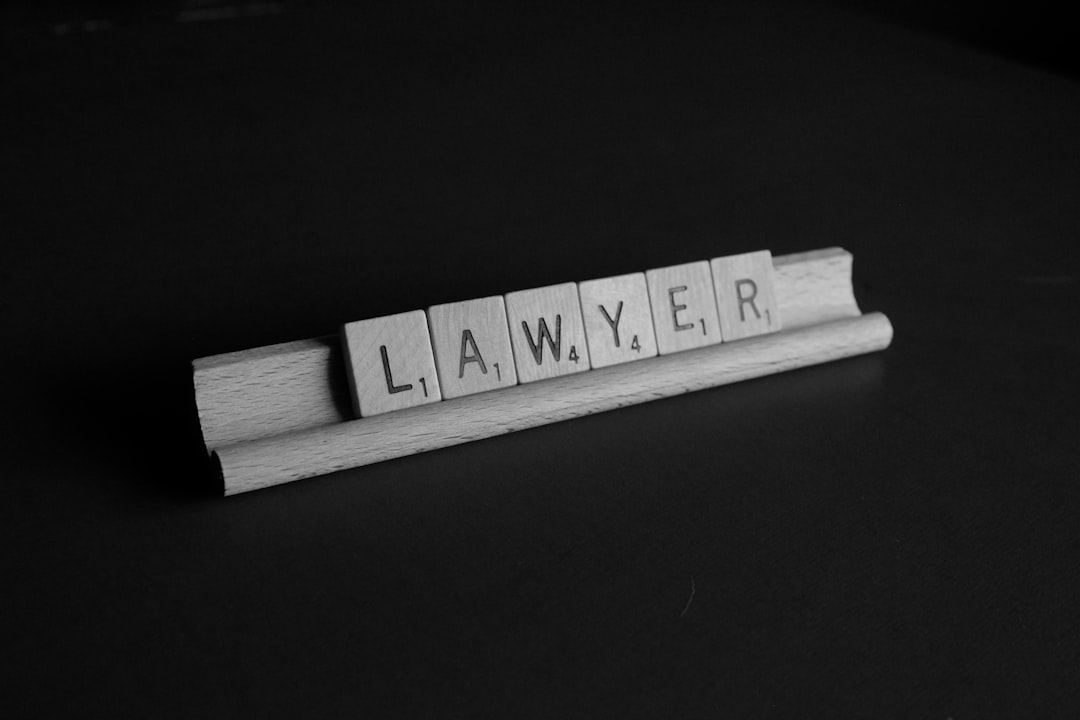How to Ethically Use ChatGPT for Legal Writing Without Compromising Client Confidentiality

The integration of AI tools such as ChatGPT into legal practice has presented attorneys and legal professionals with new opportunities for increasing efficiency in tasks such as drafting, research, and summarizing complex information. However, with these opportunities come serious ethical considerations—particularly around client confidentiality and professional responsibility. Legal writing aided by generative AI must be handled with extreme care to ensure it complies with the American Bar Association’s rules and respective state bar guidelines, while also maintaining the trust clients place in their legal advisors.
As more firms experiment with AI-enhanced legal tools, understanding how to ethically use ChatGPT without compromising sensitive client information is paramount. This article outlines responsible best practices that lawyers and legal support teams should follow when incorporating ChatGPT into their legal writing processes.
Understanding the Role of ChatGPT in Legal Writing
ChatGPT is a language model developed by OpenAI that can generate human-like answers in response to prompts. In legal writing, practitioners might use it to:
- Draft preliminary versions of legal documents such as motions, memos, or client letters
- Summarize court opinions or legislation
- Generate checklists or timelines for litigation procedures
- Edit content for clarity or tone
However, it is crucial to remember that ChatGPT is not a licensed attorney. Its responses are generated from patterns in data and do not constitute legal advice. Moreover, its “knowledge” is limited to information up to a specific point in time and lacks access to updated laws unless integrated with external legal databases.
Key Ethical Considerations With AI in the Legal Field
Before diving into practical tips, legal professionals must internalize the following core principles tied to the ethical practice of law:
- Client Confidentiality: Lawyers must keep information relating to the representation of a client private, under Rule 1.6 of the ABA Model Rules of Professional Conduct.
- Competence: The duty to be competent (Rule 1.1) includes staying up-to-date with relevant technology that could affect client representation.
- Unauthorized Practice of Law: Delegating core legal decisions to non-human tools can risk running afoul of rules against unauthorized practice (Rule 5.5).
These standards set the backdrop for any use of AI—including ChatGPT—in practice. Failing to adhere to them can erode client trust and result in disciplinary action.
Practical Guidelines for Ethically Using ChatGPT in Legal Writing
1. Do Not Share Identifiable Client Information
When using ChatGPT or any AI platform, never input real names, case numbers, addresses, or specific facts that could identify a client. Even anonymized data runs the risk of being reconstructed, especially with complex or unique fact patterns. If you need to test a prompt or generate generic content, do so using purely hypothetical or boilerplate scenarios.

It is worth understanding that although OpenAI affirms commitments to privacy, prompts may be used internally to improve models unless users explicitly opt out or use enterprise-grade versions that offer assurances about data handling. Hence, when working with sensitive subjects, exercise maximum caution.
2. Use AI for Drafting, Not Finalization
ChatGPT can offer efficiency in generating outlines or first drafts, but every AI-produced output must go through rigorous human review and editing. Legal arguments, citations, and factual assertions should be independently verified. AI tools can “hallucinate” by inventing references or twisting factual data to fit a coherent-sounding narrative.
Make it a practice to:
- Cross-check all cases and legal principles mentioned
- Verify jurisdiction-specific rules and updates
- Assess tone and professionalism according to your firm’s standards
By doing so, AI becomes an assistant—not a decision-maker—in your legal workflow.
3. Implement a Clear AI Usage Policy Firm-Wide
Firms must establish and document internal protocols governing how AI tools like ChatGPT are used. These policies should address:
- Who has access to AI tools, and under what circumstances
- Prohibited uses, including forbidden inputs or sensitive case categories
- Review standards before any AI-generated content reaches a client or court
Educating attorneys and staff on these policies is essential. Consider integrating the policy into onboarding processes and ongoing ethics training programs.

4. Use Secure and Compliant Platforms
If your firm intends to use ChatGPT or similar tools regularly, consider exploring enterprise-grade AI platforms that include compliance features such as data encryption, non-training agreements, and audit logs. OpenAI, for example, offers enterprise solutions with greater privacy protection compared to public-facing tools.
Additionally, tools tailored specifically to legal use—such as Casetext (now part of Thomson Reuters) or Lexis+ AI—may provide better controls and legal-specific data sources, enhancing ethical compliance while maintaining AI-driven efficiency.
5. Transparently Inform Clients Where Appropriate
Though not always obligatory, some jurisdictions or firm policies may recommend that clients be informed of significant use of AI in their casework. While this might not be necessary when using AI for internal drafts or research, any reliance on AI that affects the deliverables received by a client should be transparently communicated if it contributes materially to the outcome.
A simple clause in engagement letters about the limited, non-decisive role of technology in service delivery can help align expectations without undermining trust.
The Human Touch Remains Irreplaceable
The legal profession is built on complex judgment calls, empathy, and nuanced interpretation of both law and human behavior. While ChatGPT can assist in organizing and drafting written materials, it does not understand the full context of a legal situation, nor can it engage in complex legal reasoning or understand precedent in the way a trained practitioner can.
Therefore, integrating ChatGPT must always enhance—not replace—the deeper work of lawyering. Legal professionals should regard the tool as a digital paralegal, not a fellow attorney.
Conclusion
As AI technology becomes more embedded in the legal profession, maintaining the highest ethical standards is not just advisable—it is essential. Properly used, ChatGPT can help legal professionals draft documents more efficiently, respond to clients more promptly, and manage their workloads effectively. But this cannot come at the cost of compromising client confidentiality or diminishing the quality and accountability of legal services rendered.
By understanding the technology’s limitations, creating robust internal policies, and vigilantly safeguarding sensitive data, ChatGPT can be ethically and responsibly included in the legal writing toolbox. Law firms that approach AI integration with caution, transparency, and maturity will not only protect themselves legally but also solidify their reputations as trustworthy counselors in an era of digital transformation.
